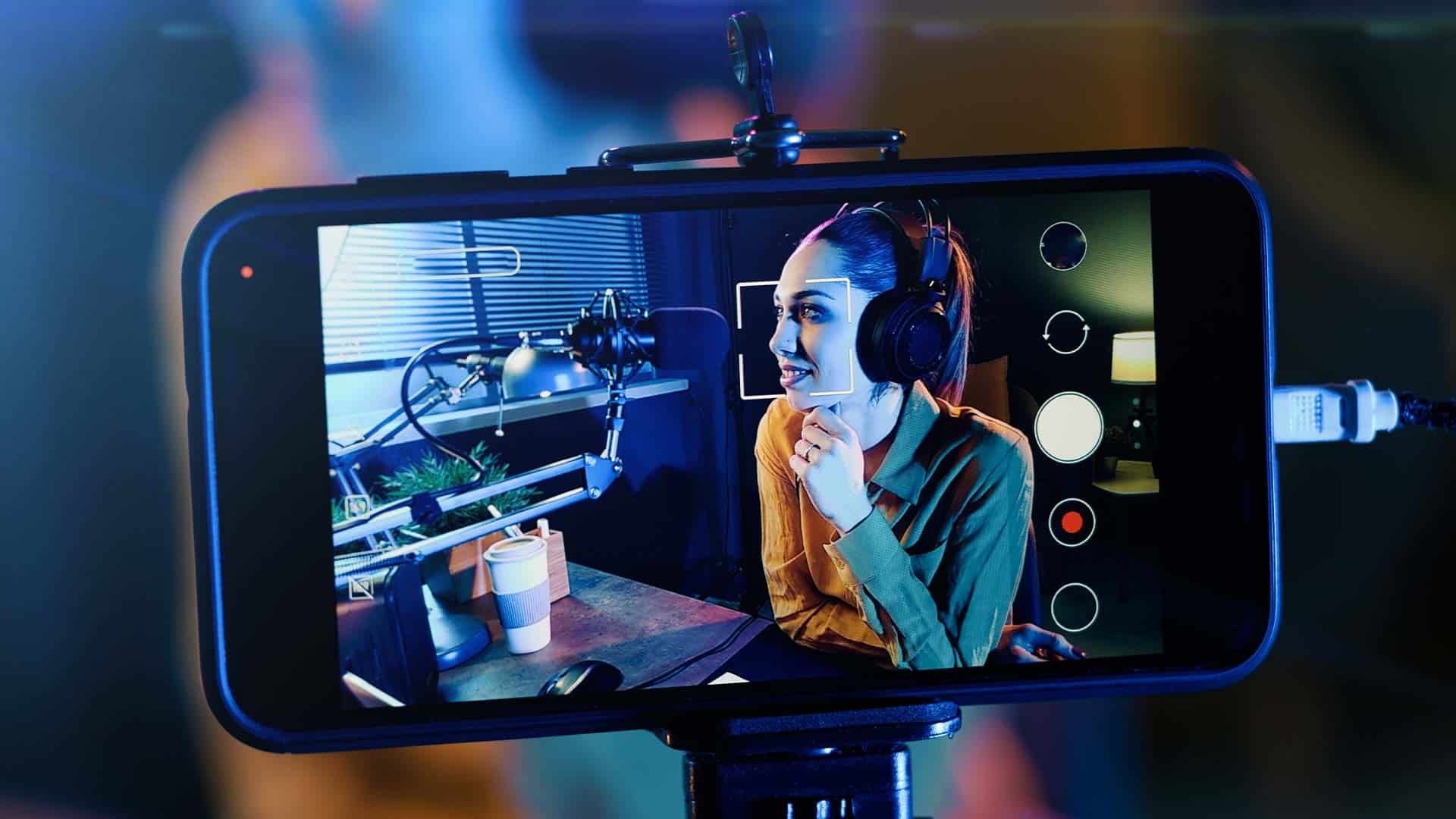Camera capability has become a major focal point for smartphone engineers within the past decade. Year after year, consumers can find major upgrades to smartphone camera capabilities such as an increased number of lenses with all sorts of functional improvements. The new iPhone 13 Pro and Pro Max models can shoot video in 4K viewing quality, while the new Samsung S22 Ultra has landed with its new ‘Nightography’ mode, which shoots high-quality video in very low light settings. Technological advances such as these throughout the smartphone industry paired with the convenience of smartphone cameras can begin to beg the question of if smartphone cameras will surpass standard cinematography cameras soon.
With the major increase in video log viewership over the past decade, smartphone engineers have well predicted the need for major upgrades to smartphone camera capabilities and functionality, while making the devices well worth the price. The great portable size of these smartphones paired with the stunningly high-quality camera makes for a strong advocate for using smartphones over standard video production cameras. Regarding pricing, the total cost for a top-tier smartphone with the best-in-market camera ranges between $1500 CDN to $2300 CDN depending on storage size, compared to some cinematic cameras that start from $900 CDN without any substantial storage capability.
In 2018, Oscar-winning film director and cinematographer Steven Soderbergh directed the thriller film Unsane. The movie featured many well-known movie actors such as Claire Foy, Jay Pharoah, Matt Damon, and more. To add to his incredible portfolio of work, Soderbergh has become increasingly known for his avant-garde cinema approach due to his irregular filming methods. Many who watched the film were shocked to find out that the entire 1 hour and 38 minutes of the film was shot using only an iPhone 7 Plus. The film grossed over $14,000,000 USD worldwide.
In 2019, Soderbergh shot another movie using only an iPhone 8 called High Flying Bird which launched on Netflix. Once again, viewers could not even tell that the film had been shot using a smartphone. In an interview with IndieWire, Soderbergh mentioned that the size and portability of the iPhone gave him the ability to shoot the difficult angles and tight spaces he was looking to capture for the film.
Realistically, the majority of films cannot only be shot on smartphones but a case is being made for new and unconventional methods of shooting film. There are some clear advantages to using a smaller device and requiring fewer attachments while being able to get harder to obtain angles throughout the filming process. As smartphones continue to gain upgrades over time, who knows what upgrades will be invented and when the smartphone camera can perhaps overtake regular camera filming!


